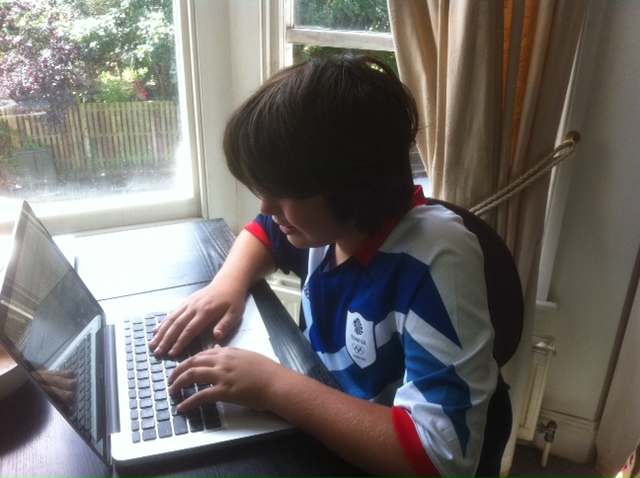How can teachers ensure that their investment in games based learning (GBL) delivers desired learning outcomes? This article looks at five aspects of GBL that ought to be considered when introducing GBL into the classroom. These five aspects are: design, delivery (usage), technology & support, outcomes and cost.
Design considerations (GBL needs to be fit for purpose):
Is the game fit for purpose offering a relevant context and activities?
Is the game pitched right in terms of complexity and age level?
Does the game support multiple learning styles?
Delivery considerations (GBL needs to work in typical educational setting):
Is the game focused on learning supporting collaboration, conversations and teacher-led interventions and scaffolding?
Does the game provide a challenge that generates learning flow?
Can the game fit into a standard lesson, but also be used for events / term topics?
Technology and support considerations (GBL need to utilise typical kit and offer support):
Will the game work on classroom computers?
Is support provided in the game and via communities / guides / resources?
Outcome considerations (GBL need to reach the parts traditional teaching doesn’t):
Will the game engage the pupils, including reluctant learners?
Will the game solve problems that traditional learning finds difficult?
Is the game linked to the curriculum and does it support assessment?
Will the game improve generic and employability skills?
Cost considerations:
Is there enough money in the budget, not forgetting hidden costs such as consoles and multiple licences?
Does the game offer value for money?
Any particular games based learning product or lesson does not need to answer all of the above questions and it is important to realise that the aspects are not mutually exclusive; for instance, a well-designed game is more likely to deliver better outcomes. Therefore, scoring reasonably well across the board is more important than excelling in one area.
A Games Based Learning Analysis and Planning Tool (which expands on and makes use of the five aspects outlined above) can be found at http://www.games-ed.co.uk/resources-contact.html. The tool has been developed by pixelfountain / games-ED who’s experience has been built up over a decade of designing and delivering serious games / games based learning in both the adult and education sectors. The tool also takes, some inspiration has come from:
- Becta report (2010) on games based learning;
- The RETAIN Model – Gunter; Kenny and Vick (2007);
- And finally a debt is owed to Jan Herrington and Ron Oliver, who have written on situated learning and multimedia, and have inspired games and simulation designs.
The Games Based Learning Analysis and Planning Tool has been developed by games-ED to help educators select and utilise games based learning. It can be used to:
- Create buy-in for games based learning;
- Help when choosing a particular supplier / product;
- Plan the use of games learning;
- And, if we can be so bold, to help developers design games based learning.
Conclusion
Like all aspects of education, GBL needs careful planning. This tool will hopefully bring some rigour to that planning and so ensure the GBL can deliver on its promises.
















